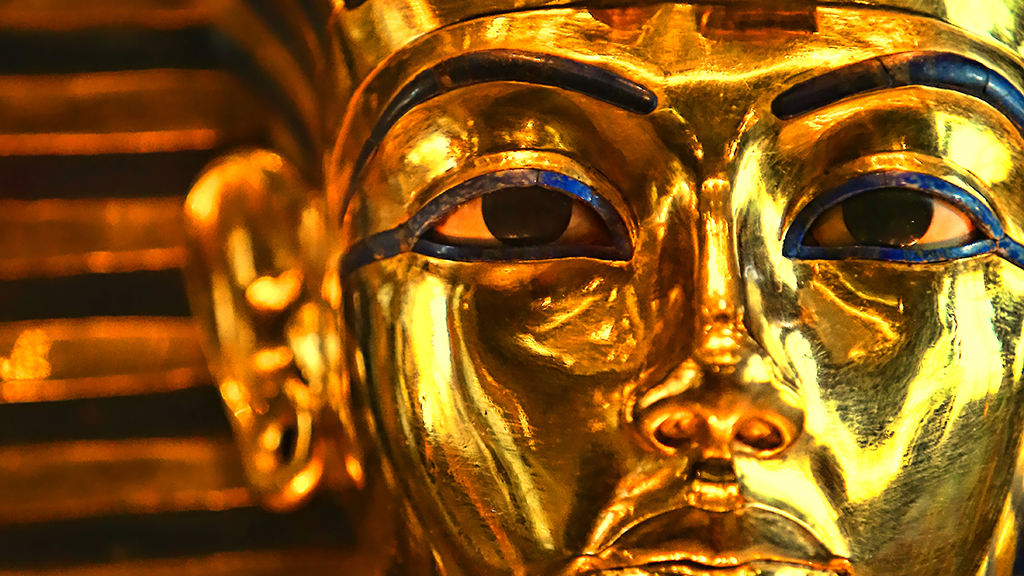Abstract
This "clicker case" is based on several articles published in 2010 that determined the genealogy of the ancient Egyptian pharaoh Tutankhamun based on microsatellite DNA analysis. The case begins with a description of the seven royal mummies found in Valley of the Kings near Luxor, Egypt. Students learn about microsatellite DNA and the mechanism by which microsatellite variation arises. Applying what they learn about how the variation in length in microsatellite DNA forms the basis of individual identification, they examine how polymerase chain reaction, gel electrophoresis, and automated DNA fragment analysis can be used to detect genetic variation. After students determine the members in the four-generation family tree of King Tut based on the inheritance of microsatellite alleles, they then assess the confidence of kinship by applying probability rules to hypothetical profiles involving the father, the mother, and their child using microsatellite data. The case was developed for a freshman biology lab course for majors.



